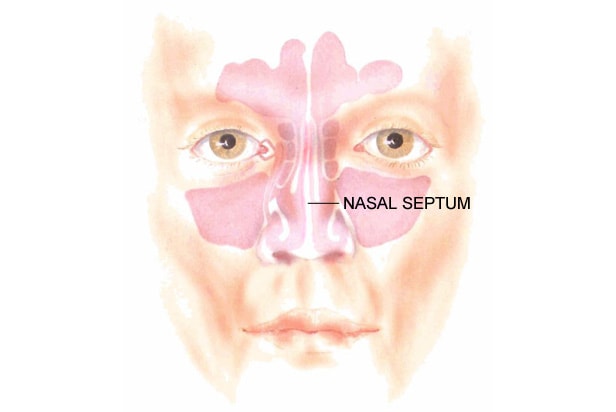Nose Bleeds Epistaxis
Nose Bleeds (Epistaxis)
Epistaxis is very common and usually stops quickly without medical treatment. The majority (80%) arise from the front part of the nasal septum (Little’s area), where several small arteries converging from various directions end. A nose injury, URTI, drying and crusting due to drugs, chemotherapy or CPAP usage, vigorous blowing or picking are the main causes. About 20% come from arteries further back in the nose and tend to occur in men over 60 years of age with high blood pressure (hypertension) and hardening of the arteries (arteriosclerosis). Nasal tumours often cause bleeding but are fortunately rare. Medical conditions affecting blood clotting (coagulation) and drugs to thin the blood (anti-coagulants) are also predisposing factors.

Diagnostics
Nasal Rigid / Flexible Endoscopy
Why?
The nostrils are quite small, so even using a very bright halogen headlight and a dilator instrument (speculum) to expand the nostril, it is impossible to see any more than the front part inside the nasal cavity. The introduction of a small sterile rigid endoscope with an angled lens, or a sterile flexible endoscope whose tip can be manually rotated in various directions, allows a very detailed inspection of the whole of the nasal cavity and the site of the sinus openings. Further back the nasopharynx and Eustachian tube openings can also be examined.
How?
Cophenylcaine, a surface local anaesthetic and decongestant, is sprayed into each nostril held open by a dilator speculum. This drug is absorbed very quickly and numbs and shrinks the nasal lining. Although the introduction of an endoscope is an unusual feeling it is not unpleasant. The subsequent examination will take less than 5 minutes.
Book Appointment







